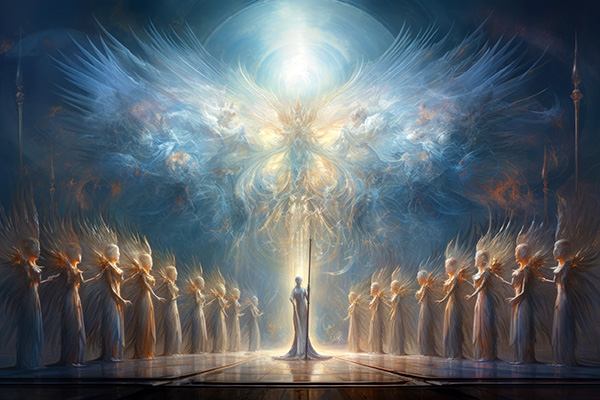spiritual knowledge
The Tarot Is A Mystical Bridge To Spiritual Insight
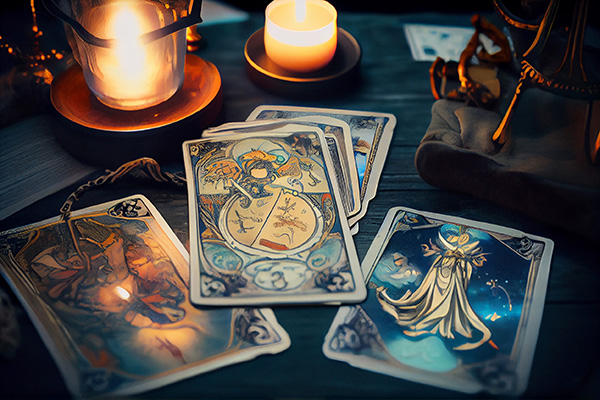 Mysterious, symbolic and highly energetic, the Tarot is a high vibrational tool that can help us explore the deeper meaning behind the events of our daily lives, and the influence of Spirit in our earthly existence.
Mysterious, symbolic and highly energetic, the Tarot is a high vibrational tool that can help us explore the deeper meaning behind the events of our daily lives, and the influence of Spirit in our earthly existence.
The Tarot especially offers guidance in situations where may feel lost or confused, and it serves as a mystical bridge between our physical reality and the metaphysical realm.
The cards have their own energy, a high vibrational frequency, which Spirit uses to communicate messages of guidance, encouragement, insight and caution.
Every Tarot reader has their own set of spiritual gifts and psychic abilities, and therefore we tend to each develop our own reading style accordingly.
In my own readings, I find that Spirit most often seeks to illuminate areas in our lives where changes and healing may be needed, in order to bring about the most beneficial future outcomes. This can be anything from the need to shift one’s perspective, to the need to let go, or sometimes the need to simply accept things as they are.
Ultimately, I find Spirit uses the Tarot to get us ‘unstuck,’ so we get back in the flow. When we are in the flow, or in alignment, we are creating with the Universe, instead of creating resistance. Only then are we truly moving toward our highest good and the fulfillment of our greatest potential.
The Tarot is a conduit for communication with our guides and our higher self, through which we can gain a deeper understanding of the soul lessons and the magic happening in our lives.
The Healing Power Of The Ocean
 Just as we clean material objects to maintain their quality and longevity, our mind, body, and spirit also require regular cleansing to ensure optimal functioning. Environmental stressors, emotional upheaval, and the demands of daily life can accumulate as energetic debris that weighs us down physically, mentally, and spiritually.
Just as we clean material objects to maintain their quality and longevity, our mind, body, and spirit also require regular cleansing to ensure optimal functioning. Environmental stressors, emotional upheaval, and the demands of daily life can accumulate as energetic debris that weighs us down physically, mentally, and spiritually.
Our energetic field absorbs influences from people, places, and experiences. Over time, unresolved emotions, stress, and negativity can cloud our vitality, leading to fatigue, irritability, and disconnection from our inner selves.
Just as we clean our homes or our physical bodies, it’s important to clean our energy field. Neglecting to do so can affect our long-term well-being, leaving us feeling drained and spiritually stagnant.
One of the most profound ways to restore balance and revitalize our energy is through ocean healing – a timeless practice known to humankind since ancient times.
The ocean has long been revered as a sacred space for cleansing and rejuvenation. Its rhythmic waves, expansive horizon, and vast depths symbolize release, renewal, and infinite possibilities.
Simply spending time by the ocean can have a profound effect on our nervous system, calming the mind and grounding the emotions. The soothing sounds of the waves, the cool breeze, and the connection to the Earth’s vast waters stimulate relaxation and promote a meditative state, making it easier to release tension and embrace inner peace.
Accessing Your Own Akashic Record
 The ability to access the Akashic Records is traditionally considered a special gift that only a select few prophets or gurus are privy to. It is often mistakenly considered an esoteric practice that only the spiritually advanced or those of us with unique mystical abilities can perform.
The ability to access the Akashic Records is traditionally considered a special gift that only a select few prophets or gurus are privy to. It is often mistakenly considered an esoteric practice that only the spiritually advanced or those of us with unique mystical abilities can perform.
However, this outdated perception is rapidly changing. The modern spiritual landscape embraces the understanding that, with some dedication and practice, anyone can learn to access their own Akashic ‘file.’ This shift is rooted in the notion that these records are not exclusive, but universal.
The records are a karmic birthright, freely available to all who seek to access them with sincere intentions and an open mind, for the simple reason that having free access to one’s own karmic “data” is beneficial to your soul evolution.
The concept of the Akashic Records has fascinated mystics, spiritual seekers, and esoteric scholars for centuries. Rooted in various religious and spiritual traditions, it is described as a universal compendium of all events, thoughts, words, emotions, and intentions that have ever occurred in the past, present, or future.
This metaphysical “library” or “database” exists in the non-physical and underlies the universal field of consciousness and our entire existence. In Sanskrit, the term Akasha (आकाश) is derived from the root word kas, which means “to radiate,” “to shine,” or “to be visible.” The prefix “a” intensifies or negates the root meaning, giving “Akasha” various interpretations such as “ether,” “space,” or “sky.” In Hindu philosophy Akasha is considered one of the five elements that make up the physical world.
12 Universal Spiritual Laws You Need To Know
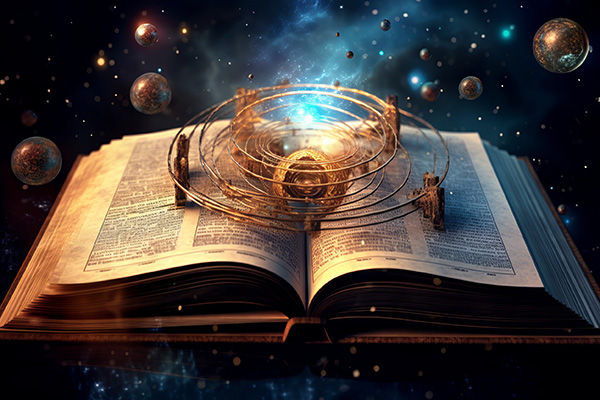 Most spiritual seekers today are familiar with the universal Law of Attraction. But did you know that there are several other universal spiritual laws that govern our existence?
Most spiritual seekers today are familiar with the universal Law of Attraction. But did you know that there are several other universal spiritual laws that govern our existence?
The origins of our understanding of the universal spiritual laws are deeply rooted in various religious and philosophical traditions, as well as in the collective wisdom of human experience since the dawn of time.
Many of these spiritual laws are rooted in ancient wisdom traditions from around the world. These traditions evolved over thousands of years as sages, scholars, and spiritual leaders refined and elaborated upon the fundamental principles that govern all existence.
Mystical traditions within various religions have also played an important role in the development and interpretation of these spiritual laws. Mystics tend to explore the deeper, esoteric aspects of their faith, seeking direct experience of divine truths. Their insights and revelations have contributed to a deeper understanding of spiritual principles beyond literal interpretations of religious texts.
Philosophical traditions in ancient Greece, China, and other civilizations also contributed to the development of spiritual principles that later evolved into universal laws. Thinkers such as Plato, Aristotle, Confucius, and Laozi explored concepts related to ethics, metaphysics, and the nature of reality that influenced later spiritual teachings.
The True Spiritual Meaning Of The Pentagram
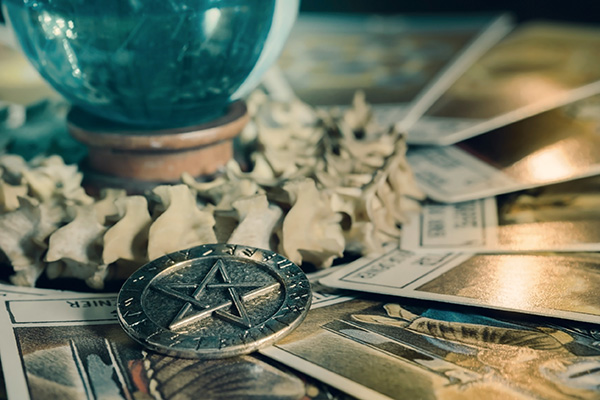 Perhaps no other spiritual or religious icon is as misunderstood as the pentagram, or pentacle. The true symbolism of the pentagram, a five-pointed star often surrounded by a circle, is commonly misrepresented.
Perhaps no other spiritual or religious icon is as misunderstood as the pentagram, or pentacle. The true symbolism of the pentagram, a five-pointed star often surrounded by a circle, is commonly misrepresented.
Contrary to popular misconceptions that associate it with darkness, evil, or Satanism, the pentagram has multiple meanings within various spiritual and religious traditions, most notably within Paganism and modern Wicca.
The pentagram has been a spiritual symbol of significance for millennia, long before its association with modern religious movements.
Historically, it has been used by cultures around the world, often to represent celestial bodies, principles of harmony, or mystical concepts. Its use first appeared in ancient Greece and Mesopotamia around the 1st millennium BC.
It is not widely known that there are significant historical connections between the pentagram and Christianity. Prior to the widespread use of the cross, the pentagram was a popular symbol to adorn the jewelry and amulets of early Christians, often alongside an “X” or a phoenix. This symbol was associated with the five wounds of Christ and also represented the concept of Alpha and Omega united, as the star could be drawn in one continuous movement of the pen.
In contemporary contexts, particularly within Wicca and related neo-pagan belief systems, the pentacle has positive connotations. It’s seen as a symbol of protection, spirituality, and the interconnectedness of the elements. Each point of the star represents an aspect of balance, holistic existence, conscious living, and the cyclical nature of life.
My First Foray Into Ribbon Psychometry
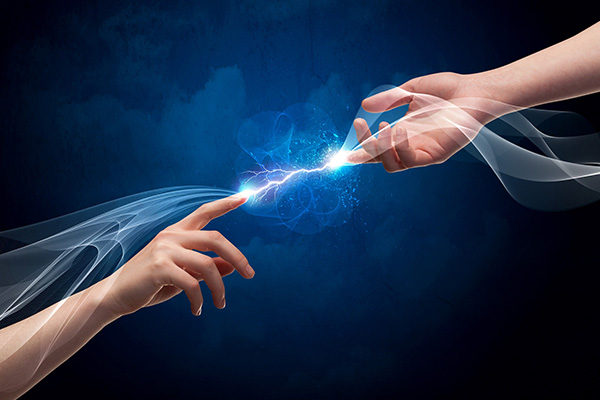 Like “riding a bicycle,” spiritual knowledge and skills, once learned, are never lost or forgotten. Even if you haven’t practiced or used a certain skill for a long time, you can always quickly pick it up again because it is stored in your soul memory.
Like “riding a bicycle,” spiritual knowledge and skills, once learned, are never lost or forgotten. Even if you haven’t practiced or used a certain skill for a long time, you can always quickly pick it up again because it is stored in your soul memory.
There is a certain degree of permanence in spiritual growth and learning. Spiritual learning is very different from the acquisition of academic knowledge or vocational skills. Soul growth and spiritual development flows from deeply personal experiences, profound moments of insight, and personal transformations that forever change our soul essence at a fundamental level.
Our soul memory is essentially the memory bank of our higher self. It is like stored layers of enlightenment or the akashic records that preserve all of our acquired spiritual wisdom and abilities, making them readily accessible after periods or even lifetimes of non-use or neglect.
I was reminded of this fact at a recent mediumship event I attended where a medium demonstrated some of the psychic techniques and methods she had relied on in her own psychic development journey.
Decades ago, I attended a psychic development course at the Arthur Findlay College of Spiritualism and Psychic Sciences in Essex, England. During the course we did a fun exercise in which we practiced “ribbon psychometry.”
